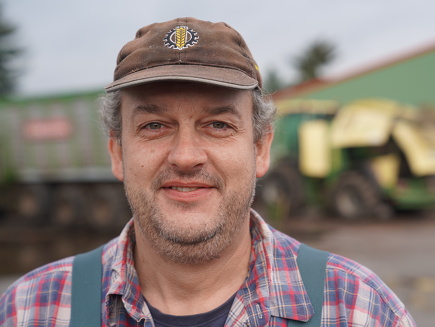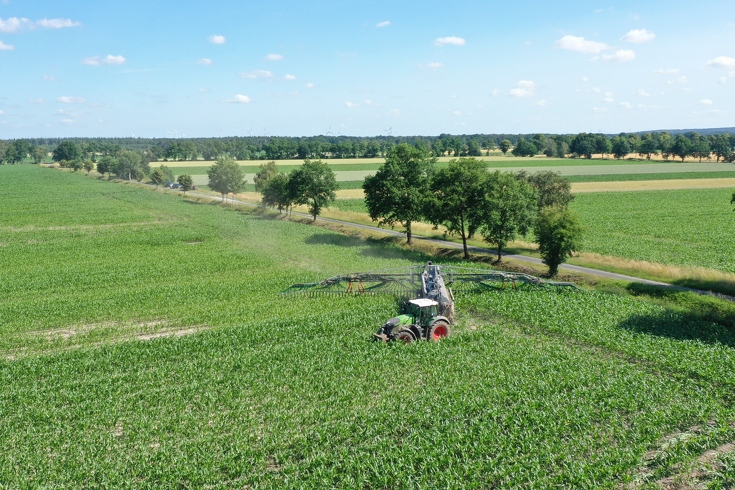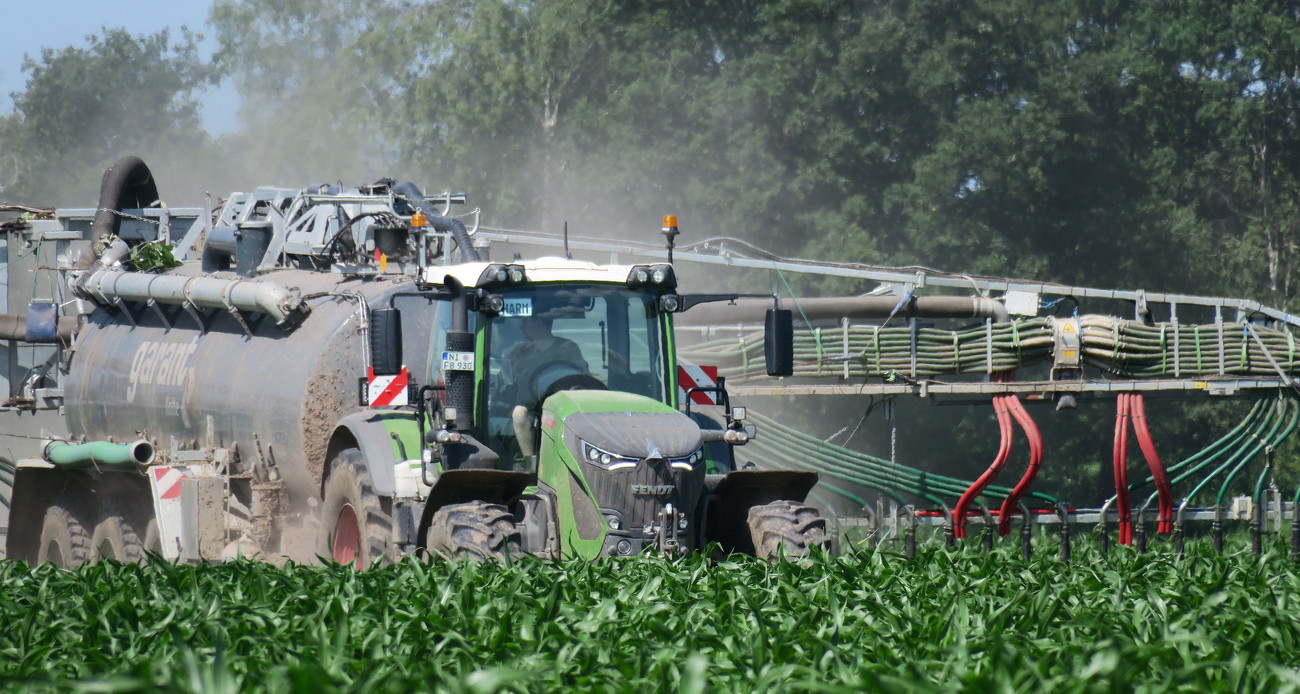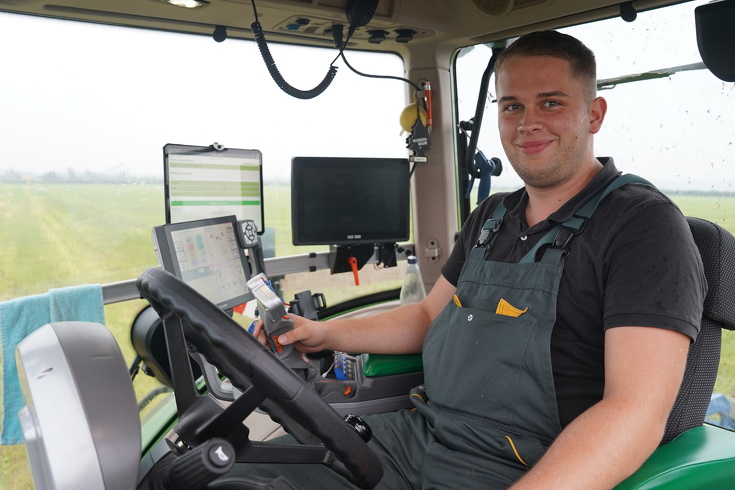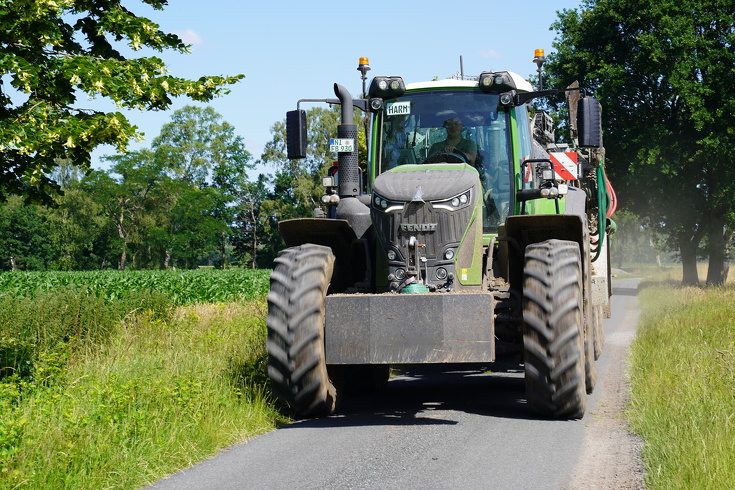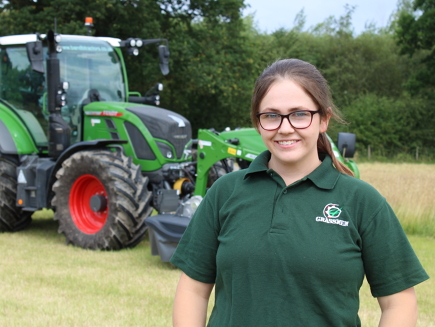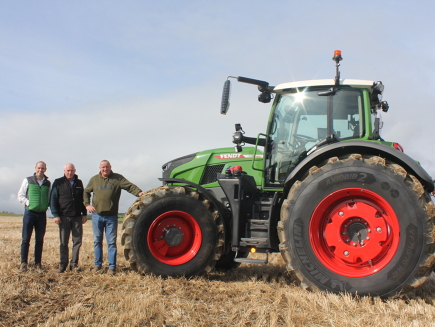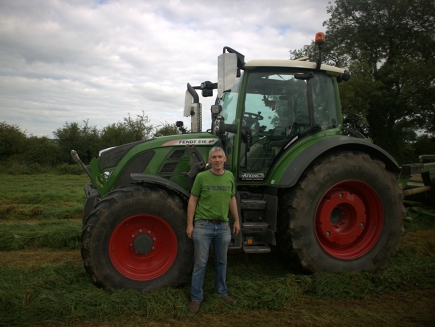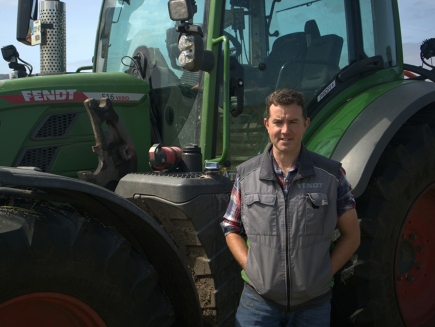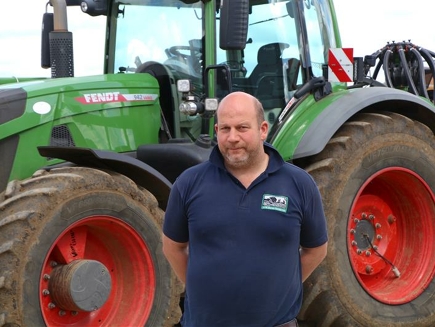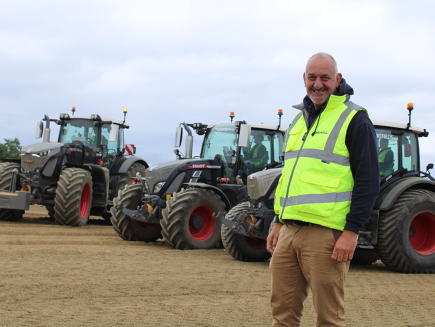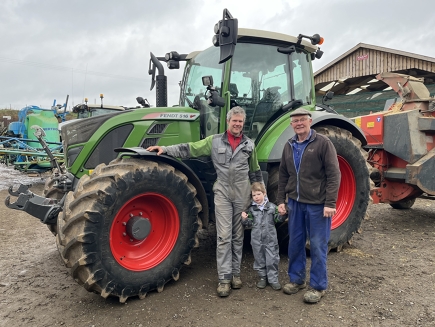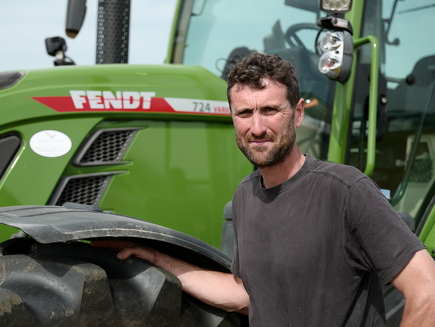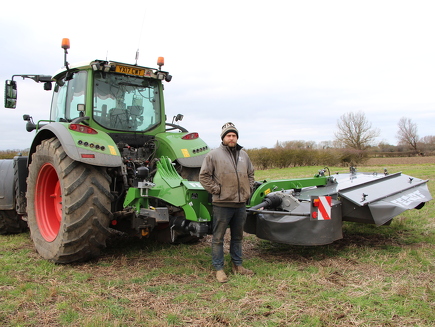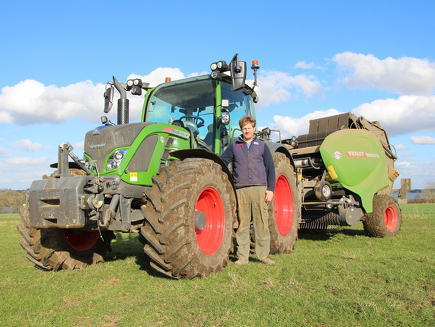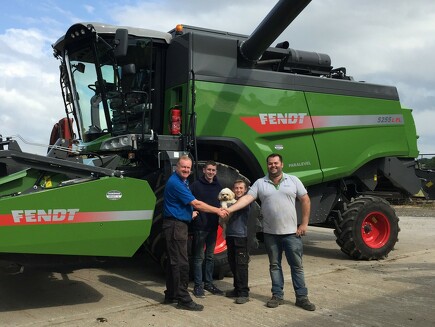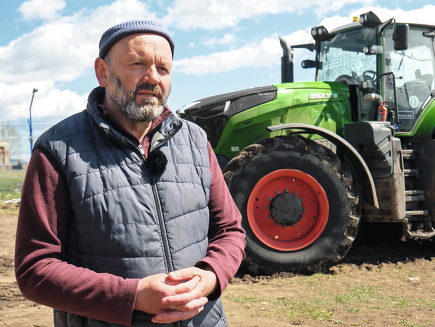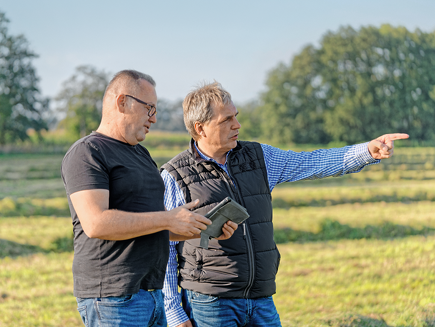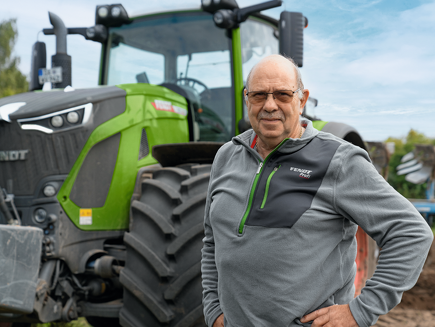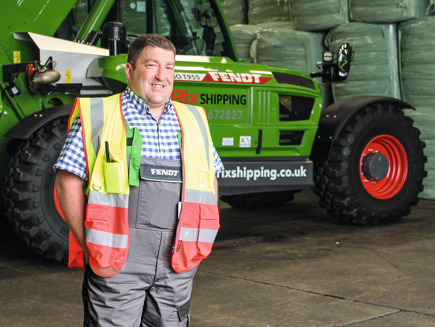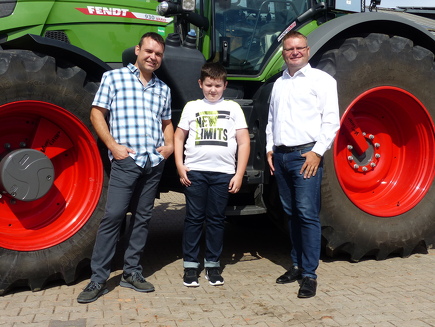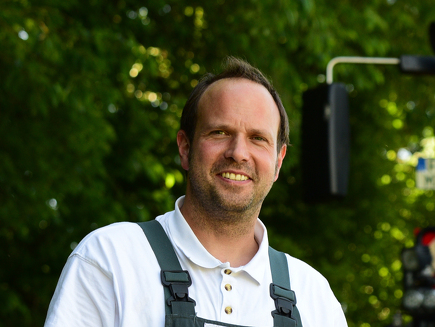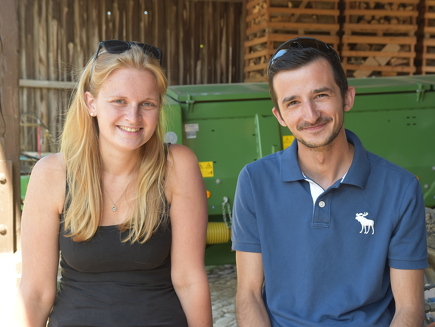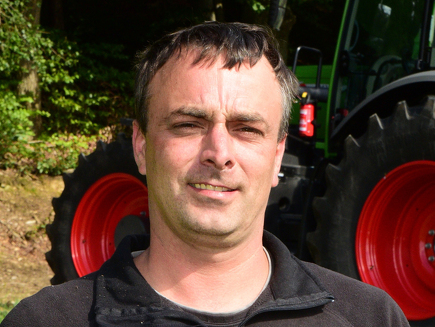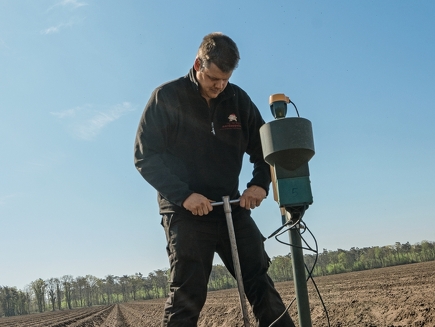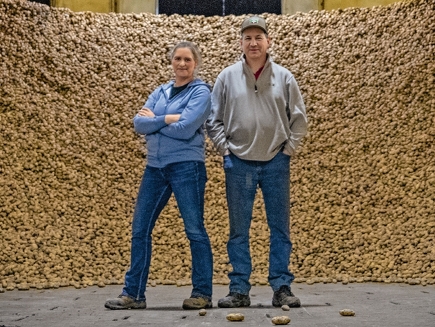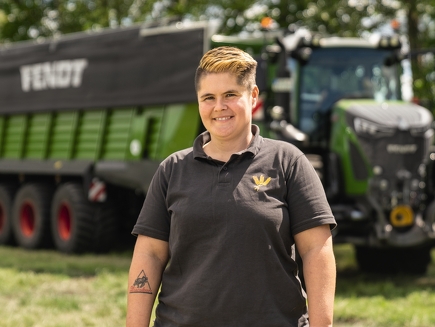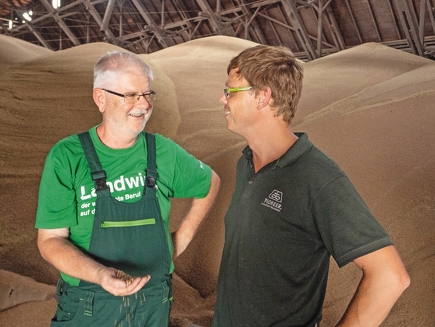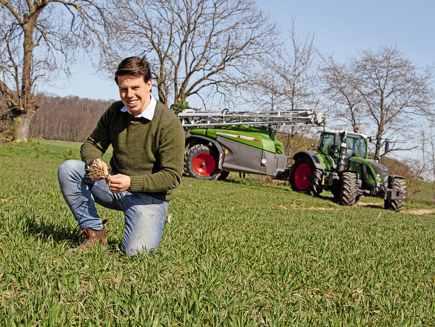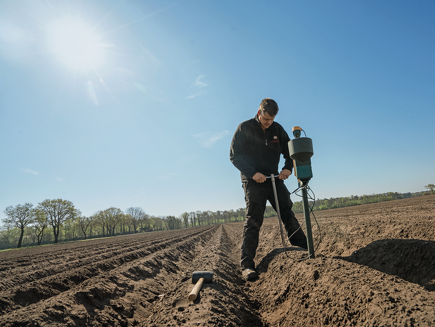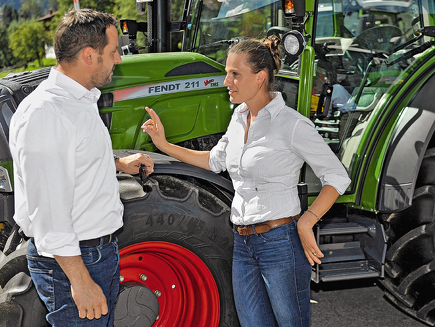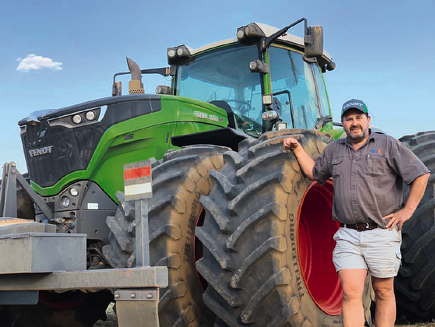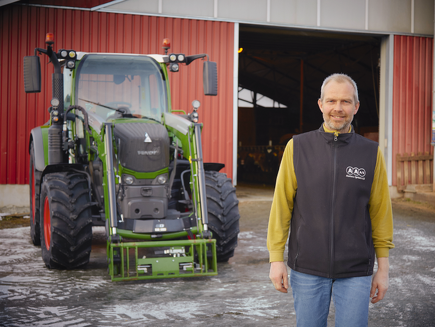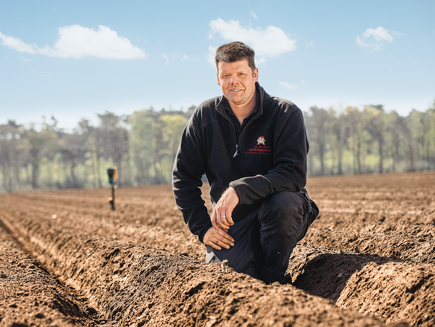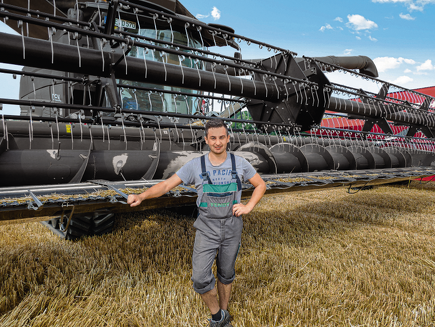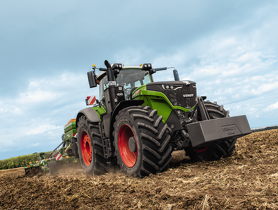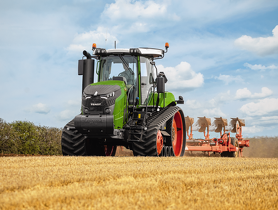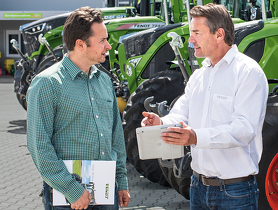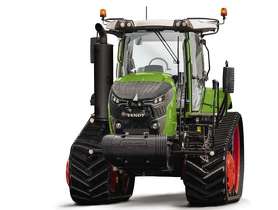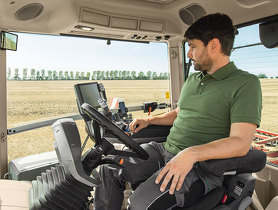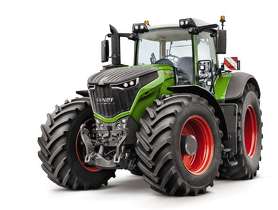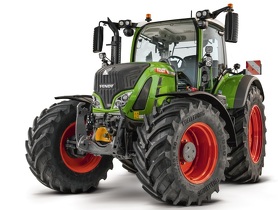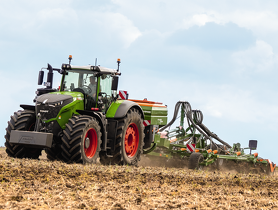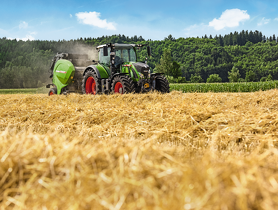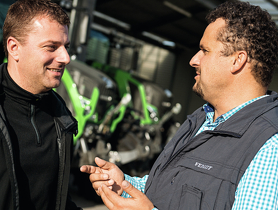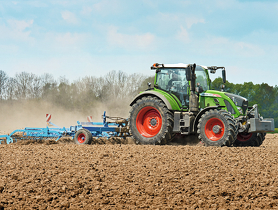His boss Frank Busche invested in high-performance slurry technology early on! When he founded his contracting company in Estorf near Nienburg in 1995 as a 22-year-old young farmer, he mainly transported and spread sewage sludge. Even then, however, his clients demanded spreading by drag hose technology. Frank Busche invested in this technology. To handle the rapidly growing volumes at the time, he invested in a first tridem drum just three years later. With this, too, he was far ahead of his time. A decision with foresight, as became apparent just a few years later. When the biogas boom began in the early 2000s, slurry spreading efficiency became a key success parameter. Powerful Fendt tractors have provided traction throughout the years. This is needed above all in the field. For this reason, the investment-intensive tractors are only used in the field or for distances up to a maximum of 12 km for transport tasks. If longer distances need to be covered on the road, the contracting company uses its fleet of trucks consisting of twelve tractor units and just as many trailers. "Our customers include seven biogas plants, each of which sometimes produces up to 25,000 m³ of fermentation residues annually," explains the contractor. If these are transported by truck to the spreading barrels, this adds up to around 100 trips. All in all, Frank Busche's contracting company spreads around 300,000 cubic meters every year. In addition, another 70,000 m³ are transported by the Busche trucks as part of relocations for external customers. These are quantities that make logistics a challenge. Eight tank trailers are available for slurry logistics. It sometimes happens that all eight of the company's truck feeder tankers are used for one job. "We have a customer where, because of the distance from the loading site to the field, this high number of feeders is necessary to supply the Tridem barrel with sufficient slurry.

